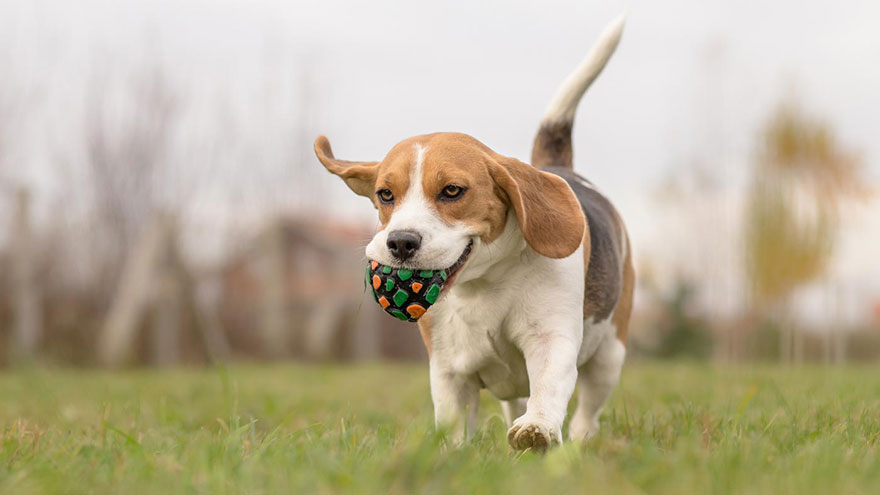What Are the Treatments for Canine Bulging Lumbosacral Disc?
The key to treating a bulging disc in a dog is to determine the severity of the problem and maintaining open communication with your primary veterinarian. Your veterinarian plays an important role in deciding which treatment is the best option for you and your pet.

Clinical Signs
The signs vary depending on location of the bulging disc. Look for limping on any of the limbs, back or neck pain, difficulty urinating or defecating, and paralysis.
Grading
The grading system associated with disc disease is as follows:
- Grade 5 : Normal.
- Grade 4 : Ambulatory, but mildly paraparetic (weak/wobbly).
- Grade 3 : Markedly paraparetic (weak/wobbly), but is able to get up on his own.
- Grade 2 : Severely paraparetic (weak/wobbly); he has good voluntary motion in the hind limbs, but cannot get up without assistance.
- Grade 1 : Slight voluntary limb motion present.
- Grade 0 : Paraplegic (no voluntary motion present). This grade is further subdivided as to whether or not the patient can feel any deep pain sensation in the affected limbs.
Diagnosis
Your veterinarian will observe your pet’s clinical signs and likely use radiographs to determine the grade of disc disease. From there, she will come up with a treatment plan.
Treatment
Minor cases are usually medically managed with cage rest and pain medications. Cases unresponsive to medical management and severe cases are treated with surgery.
Prognosis
Success of treatment relies on compliance from owners. Treatment effectiveness can also depend on whether the disc disease onset was chronic or acute.
You Might Also Like :: Why Use Tagamet for Canine Cancer Treatment?

